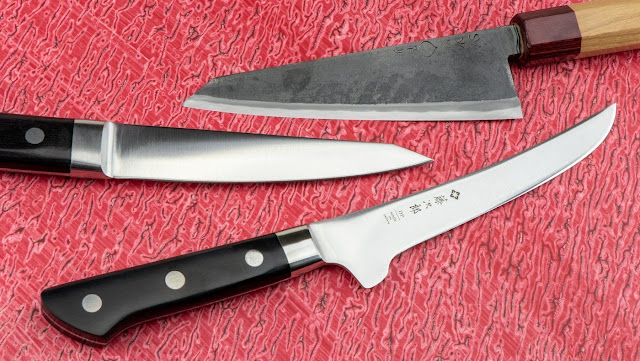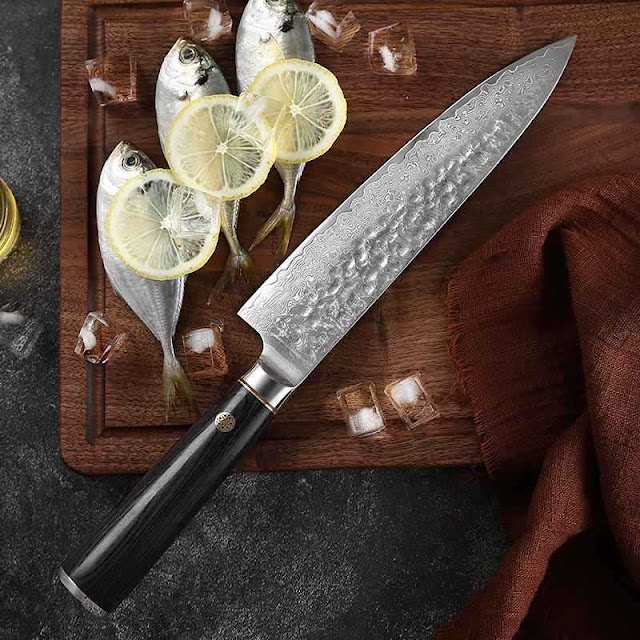Filleting Knife: The Precision Tool Every Chef Needs
In the world of culinary arts, precision is often the key to creating mouthwatering dishes. Whether you're a professional chef or an enthusiastic home cook, having the right tools can make all the difference in the quality of your meals. One such indispensable tool is the filleting knife. This specialized knife is designed for the delicate and intricate task of filleting fish and meat. In this blog post, we'll explore the world of filleting knives, why they are crucial in the kitchen, and how to choose the perfect one for your culinary needs.
What is a Filleting Knife?
A filleting knife is a specialized kitchen knife designed for filleting, a process that involves removing bones and skin from fish, poultry, or meat. Filleting knives are known for their thin, flexible blades, which allow for precise, controlled cuts. These knives are essential for tasks that require finesse, such as removing pin bones from fish or separating meat from bone.
Key Features of Filleting Knives:
Blade Length: Filleting knives typically have blade lengths ranging from 6 to 9 inches. The length you choose should depend on the size of the cuts you frequently work with.
Blade Flexibility: The blade of a filleting knife should be thin and flexible. This flexibility allows the knife to glide along the contours of the meat, making it easier to remove bones and skin.
Blade Shape: Filleting knives usually have a curved or pointed blade shape. The curved blade is ideal for fish, while the pointed blade is versatile enough for various meats.
Handle Design: Look for a filleting knife with an ergonomic handle that offers a comfortable grip. A secure grip is crucial for maintaining control and accuracy during filleting.
Why You Need a Filleting Knife:
Precision: Filleting knives are designed for precision cutting. They allow you to make intricate cuts close to the bone or skin, minimizing waste and maximizing yield.
Versatility: While they excel at filleting fish, these knives are also useful for deboning poultry, trimming meat, and even slicing delicate fruits.
Efficiency: A filleting knife can significantly speed up the preparation process. With the right technique, you can fillet fish or debone meat quickly and efficiently.
Choosing the Right Filleting Knife:
Blade Flexibility: The degree of flexibility depends on your personal preference and the type of cuts you'll be making. More flexibility is often preferred for fish, while slightly less flexibility may be better for meat.
Blade Material: High-carbon stainless steel is an excellent choice for filleting knife blades. It provides sharpness, corrosion resistance, and ease of maintenance.
Handle Comfort: Opt for a filleting knife with a comfortable, non-slip handle that fits your hand well. This ensures a secure grip even when your hands are wet.
Maintenance: Filleting knives require regular honing and sharpening to maintain their precision. Consider investing in a sharpening tool or a professional sharpening service.
Conclusion:
A filleting knife is an essential tool for any chef or cooking enthusiast who wants to elevate their culinary skills. Its precision, flexibility, and versatility make it an invaluable addition to your kitchen arsenal. By choosing the right filleting knife and mastering the techniques, you can effortlessly create beautifully filleted fish and meat dishes that impress both your palate and your guests.
.jpg)



Comments
Post a Comment